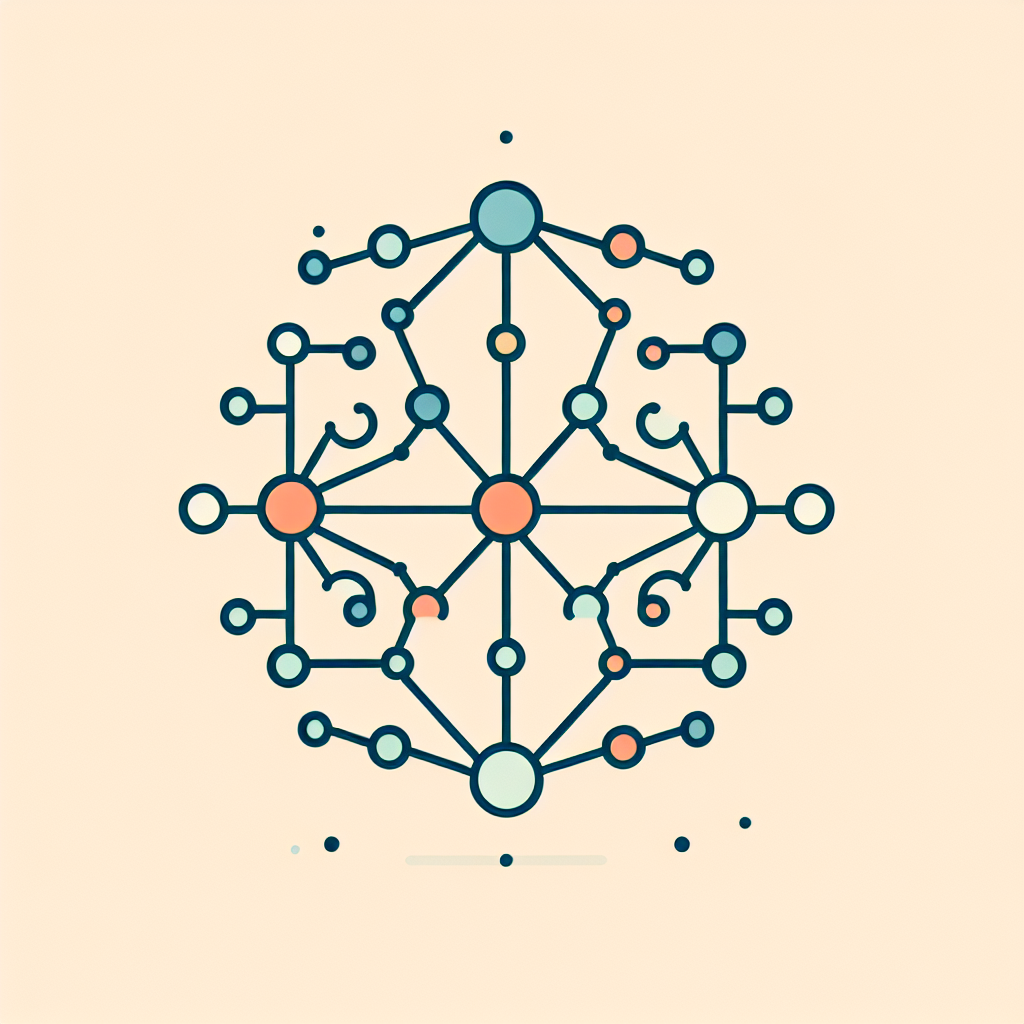Fix today. Protect forever.
Secure your devices with the #1 malware removal and protection software
Graph Neural Networks (GNNs) have emerged as a powerful tool for analyzing and modeling complex relationships in data. In recent years, GNNs have gained popularity in various domains, including social network analysis, recommendation systems, drug discovery, and computer vision. In this article, we will provide a beginner’s guide to Graph Neural Networks, covering the basics of GNNs and their applications.
What is a Graph Neural Network?
A Graph Neural Network is a type of neural network that is designed to process and analyze data represented in the form of a graph. A graph is a mathematical structure that consists of nodes (vertices) connected by edges (links). In the context of GNNs, nodes represent entities such as users, products, or molecules, while edges represent relationships between these entities.
The main idea behind GNNs is to leverage the graph structure to capture the dependencies and interactions between nodes in the graph. By propagating information through the graph, GNNs can learn to make predictions or perform tasks such as node classification, link prediction, and graph classification.
Components of a Graph Neural Network
There are several components that make up a Graph Neural Network:
1. Node Embedding: The first step in building a GNN is to assign an initial embedding (vector representation) to each node in the graph. This embedding captures the features of the node and serves as the input to the neural network.
2. Message Passing: The core operation in a GNN is message passing, where information is exchanged between neighboring nodes in the graph. This allows nodes to aggregate information from their neighbors and update their embeddings based on this information.
3. Graph Convolutional Layer: The graph convolutional layer is a key building block of GNNs, which applies a convolution operation to update node embeddings based on the aggregated information from neighboring nodes. This operation is similar to convolutional layers in traditional CNNs but adapted to graph structures.
4. Readout Function: The readout function aggregates the node embeddings to produce a graph-level representation. This representation can be used for tasks such as graph classification or graph-level predictions.
Applications of Graph Neural Networks
Graph Neural Networks have found applications in various domains, including:
1. Social Network Analysis: GNNs can be used to analyze social networks and identify communities, influential nodes, and network structures.
2. Recommendation Systems: GNNs have been applied to recommendation systems to model user-item interactions and make personalized recommendations.
3. Drug Discovery: GNNs are used in drug discovery to predict molecular properties, identify potential drug candidates, and optimize drug design.
4. Computer Vision: GNNs have been adapted to process graphs representing image data, enabling tasks such as image segmentation, object detection, and scene understanding.
Conclusion
In this article, we have provided a beginner’s guide to Graph Neural Networks, covering the basics of GNNs and their applications. GNNs offer a powerful framework for analyzing and modeling complex relationships in data, making them a valuable tool in various domains. As GNNs continue to evolve, they are expected to play an increasingly important role in data analysis and machine learning.
Fix today. Protect forever.
Secure your devices with the #1 malware removal and protection software
#GNN #Beginners #Beginners #Guide #Graph #Neural #Networks,gnn

Leave a Reply
You must be logged in to post a comment.